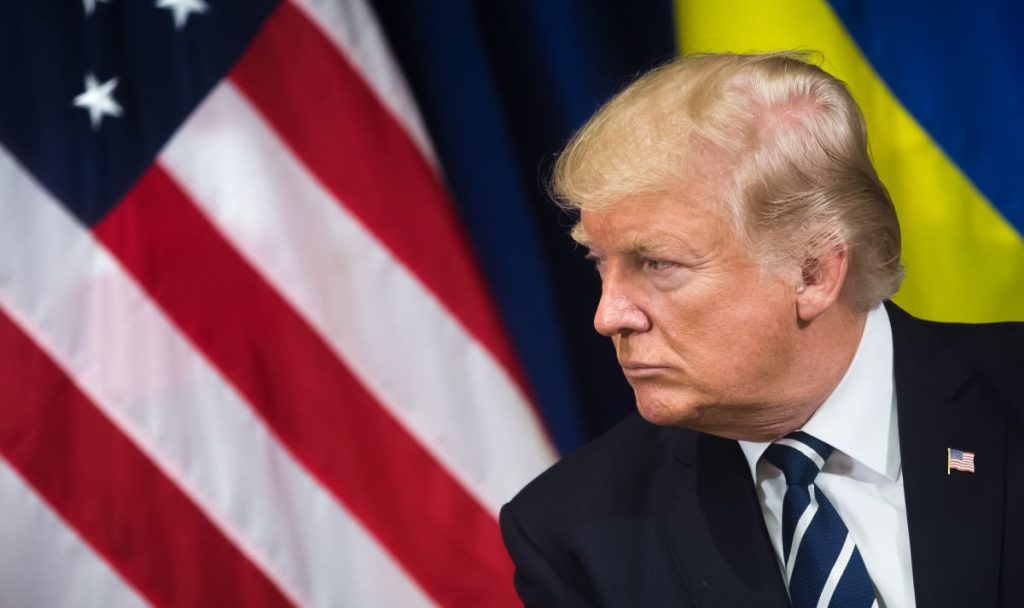A sweeping new wave of U.S. tariffs threatens to destabilize global supply chains, with early forecasts pointing to economic contraction, job losses, and escalating trade tensions.
Tariffs to Hit Broad and Fast—With Major Uncertainty Ahead
President Donald Trump is preparing to announce a new round of tariffs in what he’s calling “Liberation Day,” scheduled for April 2. While details remain under wraps, the White House has indicated that the measures will take immediate effect and apply globally—leaving the door open to selective negotiations by country.
These new levies would stack on top of existing import duties already targeting key trading partners. A 25% tariff on goods from Canada and Mexico is set to take effect the same day, followed by a separate 25% duty on auto imports just 24 hours later. The U.S. already applies a blanket 25% tariff on steel and aluminum, and a 10% levy on all Chinese imports.
Analysts are warning that the cumulative effect could be profound. Moody’s estimates that a 20% universal tariff could contract U.S. GDP by 1.7%, eliminate 5.5 million jobs, and push unemployment from 4.1% to 7%, triggering what the firm described as a “serious recession.” Meanwhile, researchers at Aston Business School suggest a full-scale trade war could wipe $1.4 trillion off global welfare and raise consumer prices in the U.S. by 2.7%.
Trade Barriers and Global Retaliation Raise the Stakes
The U.S. Trade Representative has already begun laying the groundwork for the tariff rationale. A March 3 report outlined perceived international trade barriers, singling out China’s lack of compliance with past agreements, and accusing it of manipulating export controls to target U.S. supply chains. Other concerns highlighted include EU restrictions on biotech products and pesticides, Canadian limits on dairy and poultry imports, and Mexico’s uneven enforcement at border checkpoints.
Global partners are not staying quiet. The European Union, Canada, and Mexico have all issued strong warnings of retaliatory measures. Speaking to lawmakers in Brussels on April 1, European Commission President Ursula von der Leyen said the bloc has “a strong plan to retaliate,” and noted that “Europe holds a lot of cards.” She added pointedly: “All instruments are on the table.”
Tariffs Are Just the Surface—The Real Risk Is Systemic
The headlines may focus on tariff percentages, but the deeper story is structural uncertainty. What we’re seeing is not simply a return to protectionism, but a recalibration of the rules that underpin global commerce—and it’s happening without predictability or institutional guardrails.
For supply chain and procurement leaders, this represents more than a cost line to manage. It’s a fundamental challenge to operating models built on the assumptions of open trade, steady regulation, and geographic neutrality. These assumptions are eroding—and in their place is a more fragmented, politicized trade environment where policy can shift overnight and retaliation is immediate.
Those still treating trade policy as background noise risk being caught flat-footed. What’s needed now is institutional memory, scenario planning, and the ability to model not just cost, but exposure. The companies that outperform in this landscape won’t be the fastest to react—they’ll be the ones that never stopped planning for disruption in the first place.




